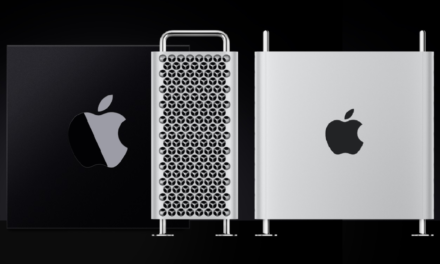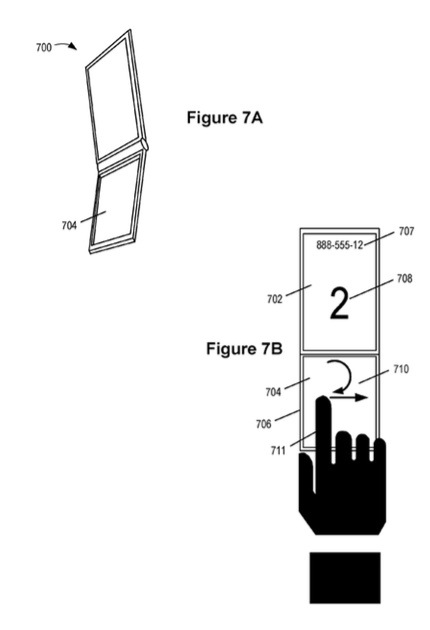The Sellers Research Group (that’s me) is a little dubious about this one, but in a series of tweets, the usually-accurate analyst Ming-Chi Kuo says Apple will release a foldable iPad with a carbon fiber kickstand next year. And he could be right: Apple has been granted a patent (number 11567542 B2) for “hinges for electronic devices and accessory devices.”
Kuo says says a carbon fiber kickstand will enable a foldable iPad to be lighter and more durable. Kuo thinks a foldable iPad will boost shipments and improve the product mix. That’s next year. This year’s outlook isn’t so good. Kuo is predicting a year-over-year 10-15% decline in sales. He’s also doesn’t think we’ll see an iPad mini refresh until the first quarter of 2024.
About the patent
Per the patent, portable electronic devices and accessory devices may include a hinge that allows rotational movement of one part relative to another part. Some hinges include a C-shaped friction clip that surrounds a shaft. While one part (of the portable electronic device or accessory device) is rotated relative to the other part, the friction clip rotates around the shaft. When the rotation ceases, the friction between the friction clip and the shaft hold the parts in a fixed position.
However, Apple says these types of hinges have some drawbacks. For instance, the holding force (due to frictional engagement between the C-shaped friction clip and the shaft) is a function of the size of the friction clip and the shaft. This means the size must be adjusted based upon the weight of the device.
What’s more, in the instance of an accessory device, the size must be adjusted based upon the weight of not only some parts of the accessory device, but also the weight of an electronic device that is carried by the accessory device. Apple apparently wants to overcome such issues when/if it introduces a foldable iPad (or, as other rumors claim, a foldable iPhone).
Summary of the patent
For those interested in the technical details here’s Apple’s abstract of the patent: “An accessory device for an electronic device is disclosed. The accessory device includes multiple sections, with one section holding the electronic device, and another section having an input mechanism, such as a keyboard. The accessory device includes a hinge assembly that allows relative movement of the sections with respect each other. An additional hinge assembly is integrated with the section carrying the electronic device, and provides additional flexibility and range of motion of the section, thereby allowing a user to position the electronic device at multiple different angles relative to the section carrying the input mechanism.
“Also, each hinge assembly may include multiple roller and spacer elements, as well as a retention structure passing through each roller element and spacer element. The retention structure can provide tension to increase the frictional force between the roller and spacer elements, and/or provide counterbalance to offset the weight of the electronic device.”
Article provided with permission from AppleWorld.Today



